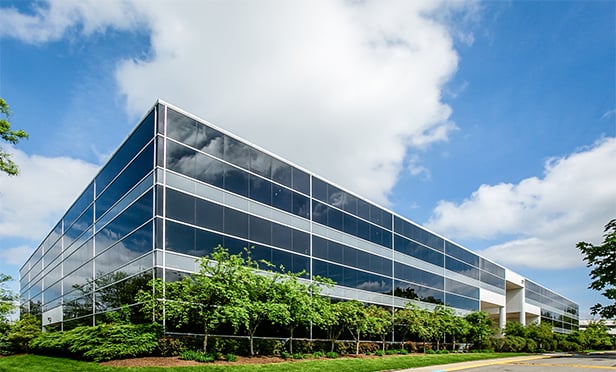
The decline of commercial real estate fundamentals-evident in rising vacancy, falling rental rates and growing operating expenses-has led to a decrease in property cash flows and asset value. As active managers of their loan portfolios, lenders are evaluating declining property performance metrics and assessing their options and remedies to minimize loan defaults and associated principal and interest losses. As such, mortgage servicers are receiving an increasing number of requests from lenders to implement cash management accounts.
Cash management accounts are referred to in a variety of ways-lock box accounts, deposit accounts, cash trap accounts or springing lockbox accounts-but the lender's objective is basically to obtain a higher degree of control over property cash flow. Generally, a cash management account is an alternative payment system wherein the borrower's tenants mail their monthly rent payments directly to the lender, locking the borrower out of the property cash flow. Cash management structures are typically negotiated and documented at the time of loan closing.
While cash management arrangements share the common objective of control, the details and particulars of an effective structure need to vary based on the underlying nature of the property's circumstances or the borrower's financial situation. As the responsible party for implementing and administering the cash management accounts, mortgage servicers are finding themselves in the difficult situation of interpreting cash-management language contained in the original loan documents versus executing effective cash management plans..
Servicers are dealing with borrowers who are resisting the implementation of cash management accounts as they lose what the lender gains-control over the property's cash flow. Borrowers are concerned about the impact on tenants, vendors and property operations. Borrowers also oppose the accounts because of the added time, costs and effort it takes to implement them.
Furthermore, servicers are having to evaluate and determine what form of lockbox will be effective on a particular property. Large commercial tenants, such as office, mall or power centers, will likely be timely with payments to a post office box. Smaller commercial tenants or even individuals, like hotels, multifamily or mobile home parks, are less comfortable making payment to someone other than front office personnel. Accordingly, cash management accounts must be designed to allow for the effective operation of the property.A successful mortgage servicing operation needs to be aware of the contractual requirements of the lender or investor while being sensitive to the challenges of the borrowers. Ultimately, all parties need to work together to retain tenants, validate vendors and retain the healthiest cash flow. While each side of the loan can see cash management accounts as burdensome, these accounts can be an efficient monitor for a stressed property and the beginning of the best way to work out the property's challenges.
GlobeSt.com News Hub is your link to relevant real estate and business stories from other local, regional and national publications.
© Touchpoint Markets, All Rights Reserved. Request academic re-use from www.copyright.com. All other uses, submit a request to [email protected]. For more inforrmation visit Asset & Logo Licensing.






